Science Myths Kids Believe and What the Facts Really Say
Science Myths Kids Believe and What the Facts Really Say

"It's clobberin' time—for science myths! Let’s smash those misconceptions one truth at a time." As you know that Fantastic myths make great stories, but fantastic facts make great science champs of the future."
Well, you know what I did there, well of course, my movie hangover is not over yet! Have you all seen the latest F4? Anyways, getting back to the point here... Science is full of exciting discoveries, but sometimes, science myths sneak into what kids learn and believe.
These myths can come from cartoons, books, classrooms, or even friendly conversations. The trouble is, they often sound like a science fact—even though they’re actually completely fabricated. From cartoon-style explanations to classroom misunderstandings, many kids grow up believing certain science myths as facts. This blog explores the most common science myths children believe and reveals the fun science facts and scientific truths behind them in an engaging and age-appropriate way.
Introduction
From the Great Wall being visible from the international space station, to the belief that lightning never strikes the same place, many of these ideas are catchy but wrong. And here’s the thing: once a science myth settles in a young mind, it tends to stick around unless most research steps in with real, scientific evidence.
As scientific research progresses, we now understand more about the human body, the earth's gravity, and how the immune system and digestive system truly work. That’s why it’s essential for educators and parents to help kids separate fun science facts from fiction, using clear examples and hands-on exploration.
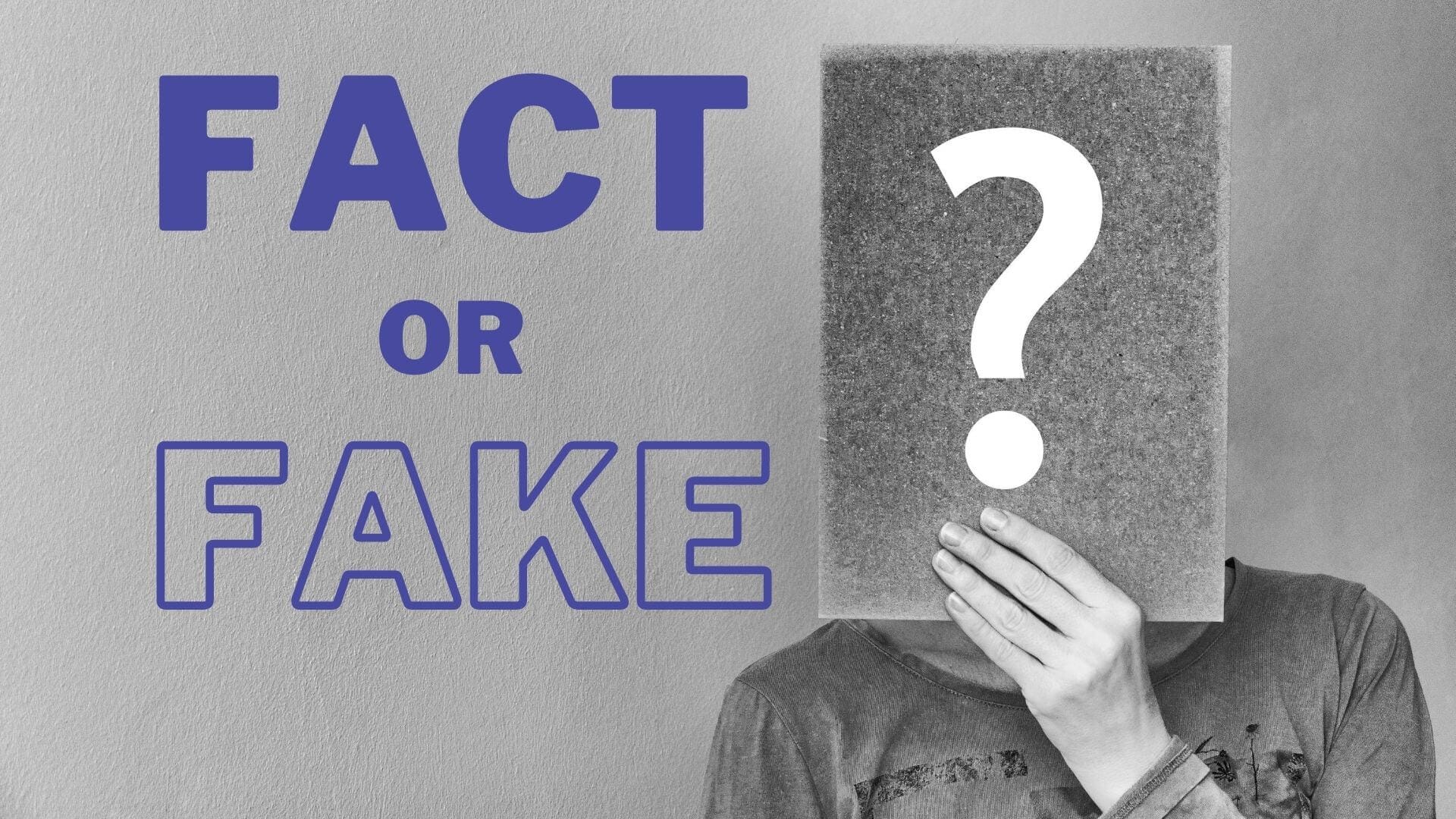
Let’s dive into the science myths kids commonly believe, and more importantly—what real scientific consensus and analyzed data tell us instead
Why Children Often Believe in Science Myths?
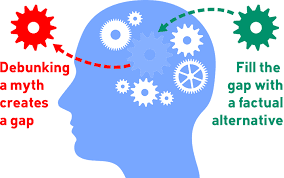
Children are human beings with naturally curious minds. But they’re also impressionable, which means they easily absorb ideas from their surroundings—even when those ideas are completely fabricated. Several reasons explain why these science myths are so widespread among kids:
1. Oversimplified Explanations in Popular Media
From animated series to children’s storybooks, many concepts are simplified for entertainment. These sources often ignore scientific fact in favour of drama or humour. For instance, when a cartoon character in a red cape outruns a train over great distances, it may spark wild ideas about physics and gravitational force.
Even in International movies or shows that reference the space station or the northern hemisphere, inaccuracies are common. These portrayals, such as the empire state building being visible from space, can leave kids believing in a scientific model of Earth's gravity that simply doesn't match reality.
2. Catchy Phrases Become 'Truths'
Sayings like “Lightning never strikes the same place twice” or “You’ll catch a cold from wet hair” sound reasonable and are easy to remember. However, scientific research and decades of disease control studies have disproved these ideas. Still, they stick because they sound like they make sense—a classic case of myth over scientific fact.
Even phrases like “Goldfish have a 3-second memory” or “The dark side of the moon never sees light” are popular in popular media, but scientists found these are based on flawed assumptions and poor proxy data, despite evidence showing they can remember things for long periods.
3. Lack of Real-World Science Exposure
Many kids haven’t seen what real scientific evidence looks like. Without firsthand experience, it’s easy for a child to think that the Great Wall is visible from low Earth orbit, or that climate change isn’t real because snow still falls in winter. These misunderstandings stem from limited exposure to real science and confusion between a scientific model and daily observations, leading to a greater risk of believing in science myth .
Hands-on activities help—like watching how objects fall at the same rate, regardless of weight, proving how earth’s gravity works. Without these experiences, myths flourish.
4. Well-Meaning Adults Sometimes Spread Myths
Sometimes parents or teachers—trying to simplify a complex idea—end up passing on a science myth. They might say “the digestive system stops during sleep” or “the entire brain isn’t used”—all of which go against current scientific consensus.
Even serious topics like heart disease and alcohol consumption can become confused if shared with myths instead of facts. The average person doesn’t always have the latest scientific research, making it easy to accidentally spread misinformation.s
Most Common Science Myths Kids Believe – And Why They’re Wrong
Let’s now explore some of the most popular science myths kids often hear—and replace them with the real, verifiable scientific facts. These are great opportunities to show how scientific research, observation, and even a bit of myth-busting fun can lead to truth.
Myth #1: Humans Only Use 10% of Their Brains
✅ Fact: According to scientific evidence and brain imaging studies, we use our entire brain over time—even during rest. The idea that the average person only taps into 10% of their potential has no basis in scientific research.
This science myth became popular through movies and media, but it’s been completely fabricated. Just because we don’t fully understand every function of the brain doesn’t mean we don’t use it.
Even while sleeping, the human body and brain are actively regulating memory, the immune system, and the digestive system.
Myth #2: The Great Wall of China Is Visible from Space
✅ Fact: Despite being thousands of miles long, the Great Wall is not easily visible from the international space station or from low Earth orbit. The materials used to build it, including the Empire State Building, blend in with the earth's surface, making it hard to detect with the naked eye.
The myth likely stems from early speculation before we had scientific evidence from astronauts. However, many other human-made features, like city lights, are easier to see from the space station, especially at night. The Empire State Building, though much smaller, can sometimes be seen from space due to its contrast with its surroundings and reflected light.
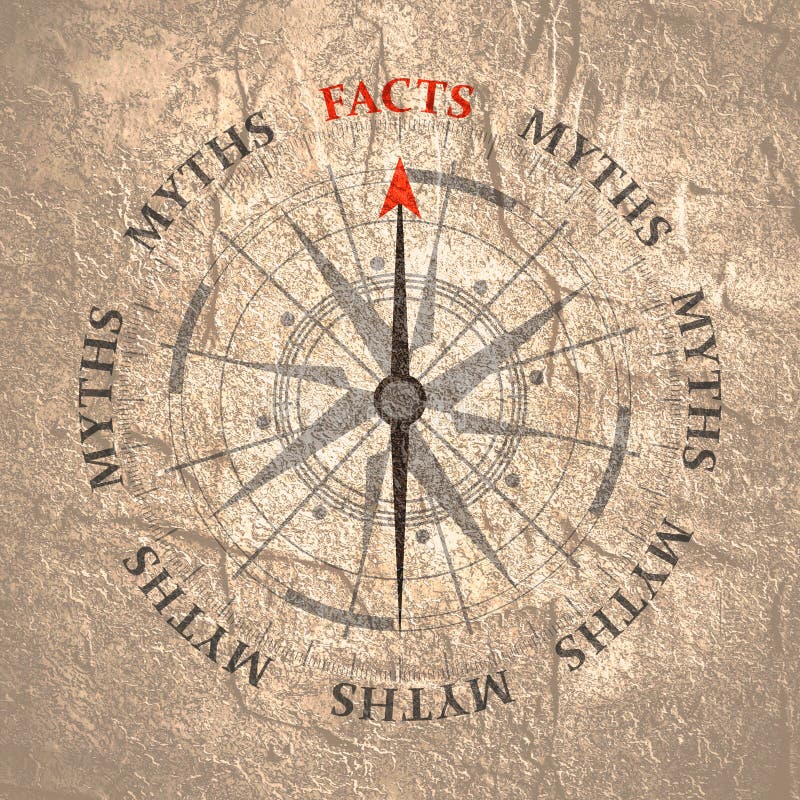
Myth #3: Bats Are Blind
✅ Fact: Bats are not blind. In fact, they can see quite well, especially in low light. What makes them special is their ability to use echolocation—a type of scientific model that allows them to navigate using sound waves.
This myth likely originated from observing bats’ night-flying habits and assuming they were using only sound. But scientists found that bats rely on both vision and sound, a combination that makes them exceptional hunters.
Fun Science Fact: Bats are one of the few other species that can use biological sonar—something not even the average person can do!
Myth #4: Water Conducts Electricity
✅ Fact: It’s not pure water that conducts electricity—it’s the minerals and ions dissolved in it. In nature, water always contains impurities that make it conductive, and there is a near unanimous consensus among scientists on this point. This is why scientific research shows that drinking milk or saltwater can complete a circuit, while distilled water cannot.
The confusion comes from generalising without understanding the scientific model behind conductivity. Water isn’t the villain here—the earth’s surface, salt content, and external factors are what matter. Electricity travels through substances because of free-moving ions. That’s why city lights go out during floods when power systems get compromised.

Myth #5: You’ll Catch a Cold If You Go Outside with Wet Hair
✅ Fact: One of the most enduring common myths, this belief ignores how the immune system and viruses really work. Colds are caused by viruses, not by being wet or cold, and alcohol consumption alone does not affect this. The flu shot and proper hygiene, which are key components of disease control, are far more effective at preventing illness.
There is near unanimous consensus in the medical community that alcohol consumption, cold air, or wet hair alone do not weaken the immune system. What increases greater risk of illness is exposure to pathogens, poor hygiene, or compromised health. Studies have shown that healthy people who were deliberately chilled in a lab did not catch more colds than others.
Myth #6: Lightning Never Strikes the Same Place Twice
✅ Fact: Lightning actually strikes the same place many times—especially tall structures like skyscrapers or trees. For example, the Empire State Building is struck by lightning about 25 times a year!
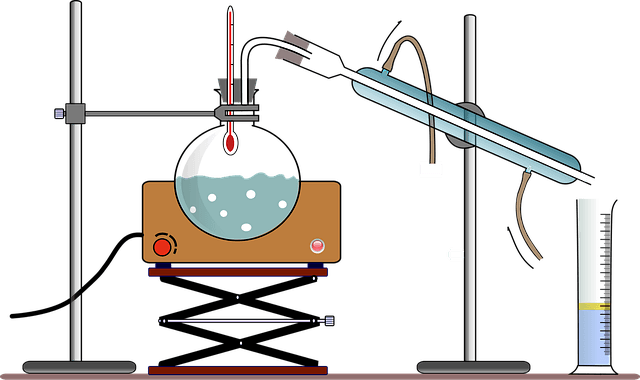
This science myth may come from the assumption that lightning "chooses" a random target. But scientific research tells us lightning follows gravitational force and seeks the easiest path to the earth’s surface. Lightning tends to hit the same side of a tall building repeatedly because of how earth's atmosphere channels energy during storms.
Myth #7: Goldfish Have a 3-Second Memory
✅ Fact: Despite what cartoons and popular media suggest, goldfish are quite intelligent. In fact, scientific evidence shows they can remember things for long periods, recognize their owners, and even learn simple tricks.
This myth likely began as a joke but turned into a widespread belief. Just because an average person forgets where they put their keys doesn’t mean goldfish are memory-challenged! Some goldfish can be trained to associate colors with food using analyzed data in cognitive research.
Myth #8: Ducks’ Quacks Don’t Echo
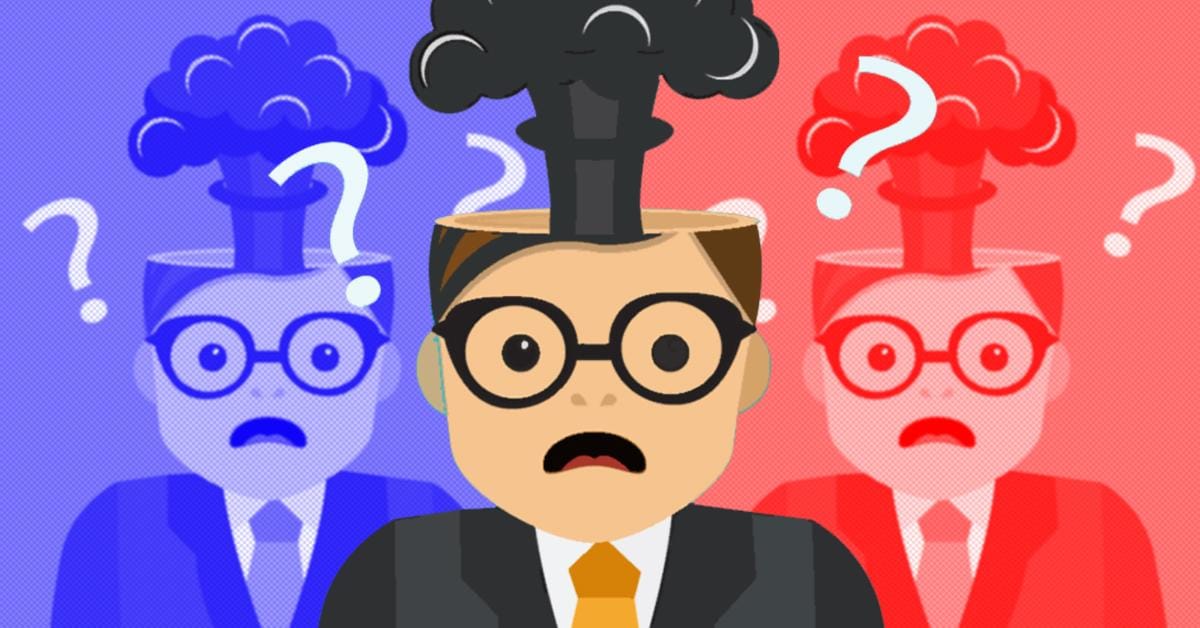
✅ Fact: This quirky myth was debunked years ago. Ducks’ quacks do echo—just like any other sound. The myth gained popularity through jokes and misunderstandings, but scientists found it to be false using sound labs and controlled environments.
Using scientific models, researchers analyzed the gravitational force of sound waves in echo chambers and proved it beyond doubt. The myth probably spread because a duck’s quack is soft and echoing sound isn’t easily noticed without the right setting.
Myth #9: There Is a Dark Side of the Moon
✅ Fact: The moon does not have a "dark side." It has a far side, which we don’t see from Earth due to the way the earth rotates, unlike the north star, which is always visible . But all sides of the moon receive sunlight at different times.
Because the same lunar hemisphere always faces us, the same side gets more attention, but both sides go through day and night cycles. The belief in a permanently dark side is a common science myth. The moon’s rotation is synchronized with Earth’s orbit—a phenomenon known as tidal locking, explained by scientific research.
Myth #10: The Big Bang Was an Explosion in Space
✅ Fact: The Big Bang wasn’t an explosion in space—it was the expansion of space itself. It created the fabric of the universe and continues to stretch it today.
A lot of this confusion comes from the word “bang,” which makes it sound like a fiery blast. But scientific models, proxy data, and telescopic observations show that it was more like a rapid inflation of the universe from a single point. The northern hemisphere, southern hemisphere, and even distant galaxies are all moving apart due to this continuing expansion.
Fun Myth-Busting Activities to Try at Home or in Class
Busting science myths doesn’t have to be limited to textbooks—it can be a thrilling part of everyday learning! Whether you're a parent at home or a teacher in the classroom, turning a science fact into a game or hands-on activity can help kids grasp tricky concepts with ease. Plus, it gives children the confidence to question what they hear in popular media or cartoons.
Let’s explore some simple, safe, and educational activities that use scientific evidence and scientific models to replace completely fabricated stories with real science fact and understanding.
Activity 1: Test “Heavy vs Light” Objects
Common Myth: Heavy things fall faster than light things, even over great distances .
Scientific Fact: Thanks to gravitational force, objects fall at the same rate—regardless of weight—if there’s no air resistance. Galileo proved this centuries ago!
Try This: Take a tennis ball and a book. Drop them from the same height and watch what happens. Then explain how gravity works on earth’s surface and why air slows lighter objects.
You can even reference astronauts on the international space station who have performed similar experiments in low Earth orbit. Scientists use the space station to test such things in microgravity where there's no air to interfere.
Activity 2: Cold Weather & Colds Experiment
Common Myth: Going outside with wet hair will give you a common cold.
Scientific Research shows the common cold is caused by viruses, not temperature. This myth probably started because people get colds more in winter—but that's due to indoor crowding and reduced immune system efficiency.
Try This: Conduct a mock “virus transmission” game with glitter or colored water. Show how germs spread by contact, not cold weather. It’s also a good moment to discuss disease control and how healthy people help stop virus transmission.
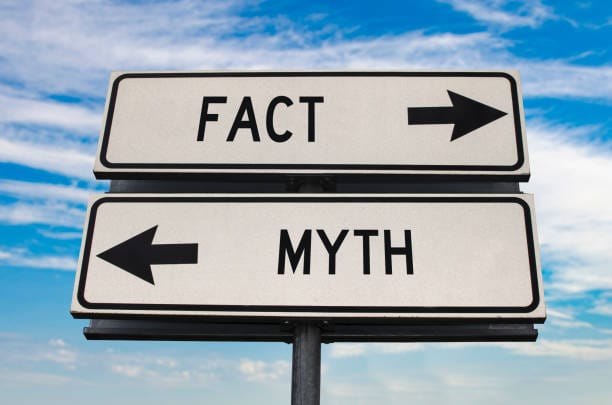
Activity 3: Crack the Brain Myth
Common Myth: Humans only use 10% of their brain.
This idea is completely fabricated. Brain imaging shows that we use different regions of our entire brain for different tasks, even while resting.
Try This: Use an app or printable brain diagram and have kids color in parts of the human brain used for speaking, seeing, moving, and feeling. Show them how scientific models help visualize complex organs like the human body.
A great extension activity is comparing the human brain to other species like dolphins or chimpanzees, showing how closely related we are and how intelligent human beings truly are.
Activity 4: Water & Electricity Demo (with safety supervision)
Common Myth: Water conducts electricity.
Scientific Fact: Pure water doesn't! It’s the minerals and impurities that make water dangerous when electrified.
Try This: With adult supervision, demonstrate with distilled water and salt water using a light bulb circuit (low-voltage and kid-safe!). Show how adding salt lights the bulb. This teaches conductivity and introduces basic scientific evidence about how substances work.
You can tie this into a discussion about city lights staying on during storms, and how lightning strikes can cause power outages—not because of the water, but because of how current flows through wet infrastructure.
Bonus Activity: Busted Myth Game Show
Split the class or family into two teams and run a quiz where each team guesses whether a statement is a science fact or a science myth. For example:
“The Great Wall is visible from the space station.”
“Lightning never strikes the same place twice.”
“The duck’s quack doesn’t echo.”
“The red cape makes the bull charge.”
Then, discuss the scientific research that explains why each is true or false. Each fact or myth can lead to a fun debate where kids cite their reasoning using real analyzed data, historical studies, or observations from scientific American articles.
How to Help Kids Think Critically About Science?
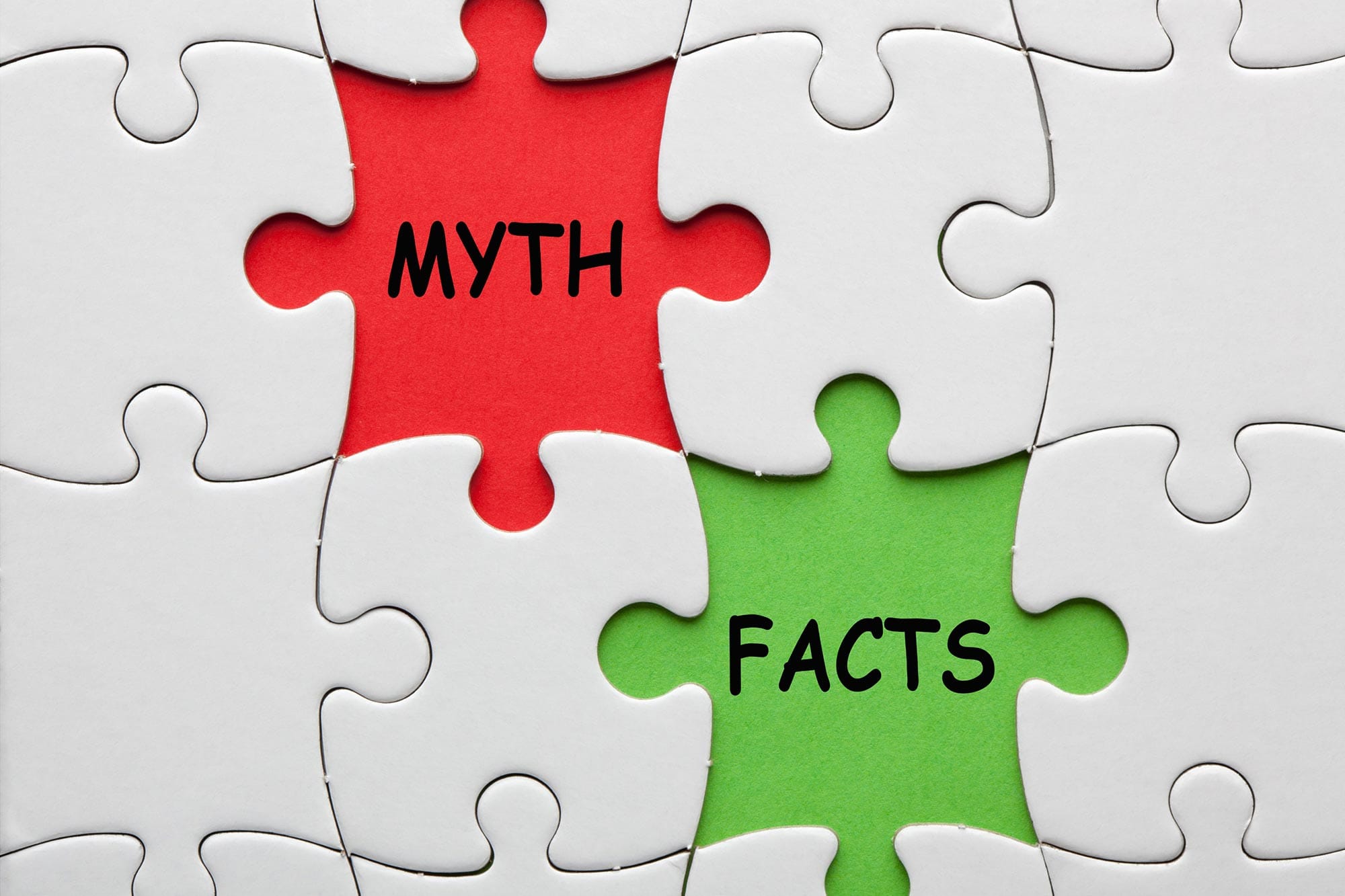
In today’s world of popular media, viral TikToks, and social shares, kids are exposed to thousands of facts—some true, many completely fabricated. Teaching children how to analyze data, verify scientific evidence, and distinguish science facts from science myths is one of the most essential life skills you can give them.
Critical thinking helps them understand the difference between a theory and a myth, and between a random internet claim and a scientific consensus. Let’s explore how to develop these skills.
Step 1: Always Ask—What’s the Source?
When a child says, “Did you know a duck’s quack doesn’t echo?”—ask them, “Where did you hear that?” Then explore together whether that’s backed by scientific research or just repeated in popular media like the north star.
Encourage them to ask questions like: “Has this been tested?”, “Is there a scientific model or proof?”, “What do scientists say?” This helps them build healthy skepticism—not cynicism—and understand that real knowledge comes from repeated, reviewed, analyzed data.
Step 2: Demonstrate Scientific Thinking
Use everyday examples. If they believe “lightning never strikes the same place twice,” look up verified images of the Empire State Building being hit multiple times. It’s a scientific fact that tall structures are lightning magnets due to their exposure on Earth’s surface. This also opens conversations about gravitational force, atmospheric electricity, and how Earth’s atmosphere plays a role in lightning strikes.
Step 3: Clarify Health Claims with Science
Health myths can be tricky. For example, drinking orange juice during a cold is often equated with “curing” the illness because of vitamin C. While vitamin C supports the immune system, it doesn't eliminate the common cold or replace the flu shot.
This is where we teach kids to distinguish scientific consensus from anecdotal stories. Show them articles from Scientific American or Business Insider where scientists found evidence and counter-evidence. Help them understand that what works for one average person may not apply to healthy people in general.
Step 4: Talk About Big Concepts Like Climate Change
One powerful way to nurture scientific thinking is by discussing large-scale concepts like climate change and global warming. These aren't beliefs—they’re based on proxy data, satellite measurements, and a near-unanimous consensus among climate scientists.
Let them know that understanding climate science requires accepting both theory and scientific evidence, and rejecting completely fabricated claims like “cold weather disproves global warming.”
Explain how both the northern hemisphere and southern hemisphere experience changes due to shifting patterns in Earth’s atmosphere, not just local weather.
Teaching kids to think like scientists means helping them see science as a process: ask a question, test a theory, review results, and form conclusions based on evidence—not emotion or assumptions. When they realise that even the North Star and the big bang are not fixed truths but observable phenomena, they begin to see science not just as a subject, but as a way of understanding the world.
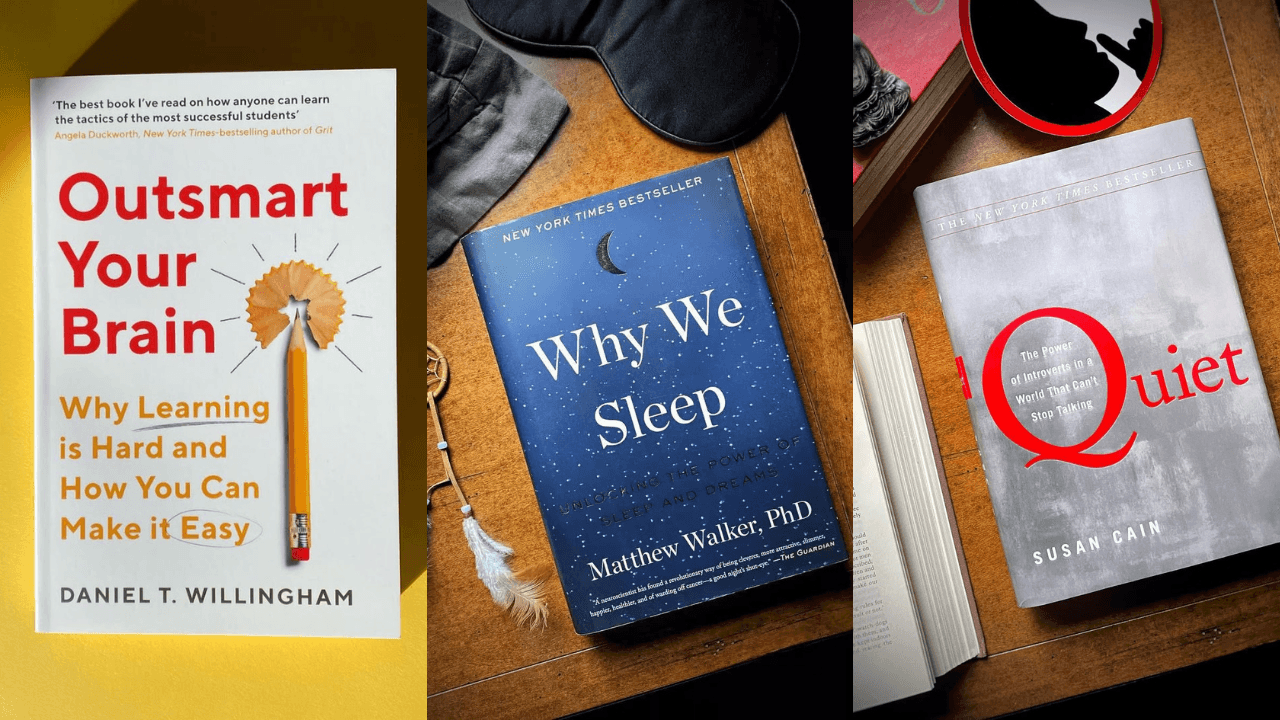
Why Debunking Science Myths Early Matters?
Correcting science myths early does more than just clear up confusion — it shapes how kids think, question, and learn for life. When children grow up with accurate scientific knowledge, they develop stronger reasoning skills and become more confident learners.
Here’s why it makes a real difference for the vast majority of kids :
✅ Kids build a solid scientific foundation
Understanding real scientific facts from the start helps children make sense of the world logically and accurately.
✅ They perform better in science subjects
With fewer misconceptions, students are more likely to grasp complex topics, ask better questions, and succeed in science exams and projects.
✅ It saves them from confusion later in life
Believing in myths like “we only use 10% of our brain” or “drinking milk causes more mucus” can lead to embarrassment or misinformed choices as adults.
✅ They grow confident in challenging misinformation
Kids who learn to question false claims early become adults who value scientific research, evidence, and critical thinking — skills that are vital in every field.
Debunking myths isn’t just about correcting facts. It’s about raising a generation that knows how to think.
Conclusion

Science isn’t just about formulas and lab coats—it’s about curiosity, critical thinking, and asking questions as a human being . When we help children debunk science myths with real scientific research, we’re not just correcting mistakes—we’re teaching them how to think.
Whether it’s myths about the International Space Station, gravitational force, or the immune system, encouraging kids to explore scientific evidence gives them confidence. The vast majority of these myths, like mass suicide, lightning never striking the same place, using only 10% of our brain, or the Great Wall being visible from space, are fascinating—but false.
Let’s teach children to examine scientific facts, understand the difference between myth and reality, and ask for evidence. Because when kids realise the earth rotates, that lightning strikes the same place, or that the Empire State Building can be hit multiple times a year, they start to see how thrilling science really is.
As parents, educators, or just curious humans, our role is to guide them through fun science facts, explain what makes a theory strong, and celebrate discoveries—whether they’re about the earth’s surface, low Earth orbit, or the human body.
Science Myths - FAQs
What are some examples of science myths still believed today?
Many people still believe myths like “you only use 10% of your brain,” “the Great Wall of China is visible from space,” or “lightning never strikes the same place,” despite evidence showing that we are closely related to the truth. Others include “the tongue has separate taste zones” and “goldfish only have a 3-second memory.” These claims have been completely fabricated or disproven by scientific research, yet they continue to spread due to popular media and word of mouth.
Why is debunking science myths important for students?
Debunking science myths helps students build a foundation rooted in scientific evidence and critical thinking. When children learn to question and verify information, they’re more likely to understand complex scientific facts, think logically, and make better real-world decisions. It also teaches them the difference between belief and proven knowledge—just as the process of forming most diamonds involves high-pressure conditions, an essential skill in today’s world.
Can science myths affect how kids learn in school?
Absolutely. If a child believes a science myth, like “the sun revolves around the Earth” or that Vitamin C cures the common cold, it can lead to misunderstandings in later lessons. These misconceptions can conflict with accurate scientific models and disrupt learning progress. Clearing up these false ideas early allows students to engage with more advanced science topics more confidently
Where do most kids hear these science myths?
Most common myths come from cartoons, TV shows, viral videos, and even well-meaning adults. Sometimes, oversimplified textbooks or peer conversations in classrooms also spread false ideas. Because children are naturally curious, they absorb information from many sources—so it’s important to teach them how to spot science fact from fiction
How can teachers use science myths to spark curiosity?
Teachers can turn science myths into engaging classroom challenges. Presenting them as mysteries to solve or questions to investigate allows students to think critically and explore scientific evidence on their own. Activities like experiments, research projects, or even group debates can make lessons more exciting and help students feel like real scientists.
What is the best way to explain science myths to young kids?
Use relatable examples, hands-on demonstrations, and visual aids that make the scientific truth easy to grasp. Young learners respond well to simple language, real-life examples, and fun visual aids. For instance, instead of just saying “goldfish don’t have a 3-second memory,” you can show a video of a goldfish learning a trick. Using hands-on demonstrations, storytelling, and visual cues makes the scientific facts both memorable and easy to understand for young minds.

Comments
Your comment has been submitted successfully!